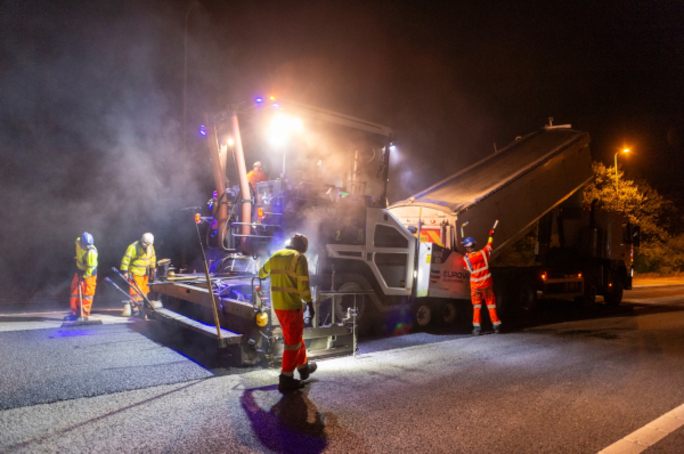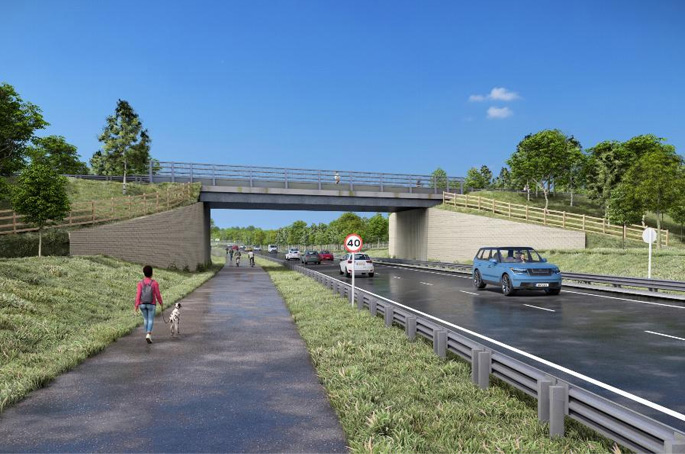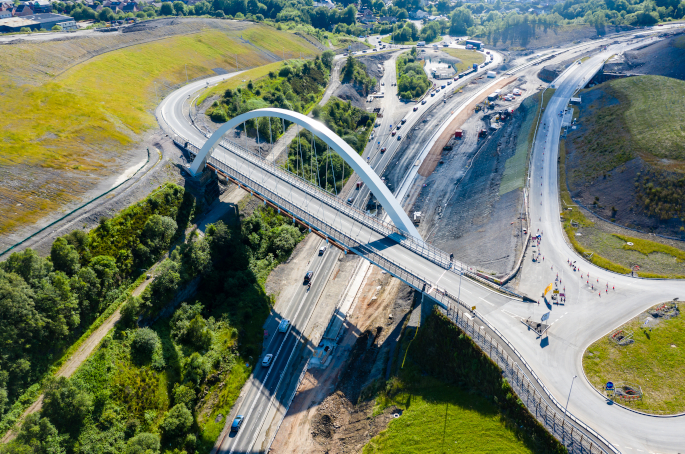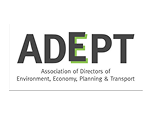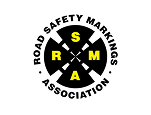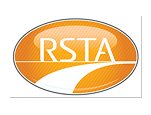For contractors up and down the UK, the Manual of Contract Documents for Highway Works (MCHW) has, for decades, provided prescriptive rules and laid out strict specifications for how we build, maintain and enhance motorways and all-purpose trunk roads. However, it has often been the case that those documents, in conjunction with the old Design Manual for Roads and Bridges (DMRB), have limited contractors' ability to innovate and make significant headway on finding sustainable alternatives that don't compromise safety.
While it is true to say that rigorous standards and specifications must be applied to ensure that we continue to achieve the highest standards possible in safety, we are also at a crossroads. Many of the roads and structures we use every day were built and designed generations ago, with some being built as early as the 1960s and 70s.
Alongside our partners Transport Scotland, Welsh Government and Department for Infrastructure, we recognised it was time for us and the industry to move forward and catapult our roads into the 21st century. The newly released MCHW provides the blueprint for how we're going to do just that.
Complex challenges require creative solutions
Not only do we need to maintain and renew our roads and structures, but to do so, we need to get creative and find innovative solutions to solve increasingly complex problems. Tackling those problems head-on could not be done if we didn't change something pretty fundamental, and we recognised that a revamped MCHW was key to that.
From the outset, we knew that this new version of MCHW needed to be created alongside our industry partners. That involved a huge undertaking, embarking on an extensive industry-wide consultation involving over 100 organisations, to help provide clarity on what was required in the here and now, as well as the flexibility to adapt to future construction practices. That meant we needed to really nail one aspect of the new MCHW. It needed to enable alternative solutions, materials and techniques to be implemented, placing innovation at the very core of what we do across the industry.
So yes, safety will always be our number one priority. Yes, there are still robust specifications and requirements we need to meet this primary goal. But what we can't and should not do is limit contractors in terms of how those all-important priorities are achieved.
What we have changed
The new MCHW is now a rationalised set of specifications, with clearer constructor requirements and contract specifier instructions. All documents have been updated to focus on best practice and aligned with the provisions set out in the DMRB. The MCHW can now be used with a variety of contract types and procurement routes. We've also brought the MCHW into the digital age, enabling machine readability and integration with digital tools. This will enable us to maintain and futureproof standards, but it will also help the supply chain to produce more accurate contract documentation, with new templates available to create contract specifications.
Drive to lower carbon alternatives
This new approach helps encourage greater strides in sustainability while helping to reduce costs and make it much easier for contractors to demonstrate their ability to meet the requirements. This is demonstrated in the MCHW's updated requirements for pavements.
We want to encourage our supply chain to look at a variety of lower-carbon alternatives to traditional hot mix asphalt, and while we have long encouraged innovative practices in this area, it needs to be at the front and centre of our thinking going forward.
Perhaps most significantly, the new specifications set out that a new stone mastic asphalt (SMA) is now permitted as a further surface course option. The product is a prescriptive mixture with specific polymer modified binders and performance characteristics which target a longer service life. By improving durability we're not just reducing carbon when we're carrying out the work, we're also delivering whole life carbon benefits compared to more traditional counterparts.
Similarly, cold recycled bound material can now be used in locations with higher volumes of traffic as a like-for-like substitute for traditional asphalt base and binder courses. This material can deliver significant carbon savings by utilising recycled materials and avoiding high temperature mixing, drastically reducing energy consumption. It can also limit transportation costs, allowing for recycling to take place either in situ or close to where the works are taking place.
Of course, these solutions have already been extensively trialled on our roads already, giving us confidence that they can be implemented on a wider scale.
While these new technical specifications offer up huge benefits in carbon reduction, perhaps the more fundamental shift is a new approach to performance-based requirements. This means that, where it's appropriate, contractors have the flexibility to use other materials which could provide the same outcome, while reducing the carbon emissions that the work produces.
New earthworks specifications set out performance criteria such as strength, stiffness and hydraulic conductivity. However, the MCHW now allows for more flexibility in material selection and treatment methods, opening more opportunities for carbon-efficient alternatives to be used.
Similarly, new standards within the MCHW remove the fixed 14-day waiting period before backfilling on retaining walls with a broader requirement that the mortar and concrete used achieve the necessary strength to ensure wall stability.
All of these examples signify a shift to our ultimate goal of achieving net zero carbon across construction and maintenance activities by 2040
Creating market opportunities
These changes could also encourage market opportunities, removing some of the previous barriers contractors have faced. It's integral that we're not just a vessel through which work can be acquired and delivered, we also need to be proactive about how our industry moves forward.
An overly prescriptive approach wouldn't be the right approach for the economy. To make further contributions to economic growth, we need to harness our ingenuity. We also need to deliver for the people using the road network, developing new approaches which make journeys up and down the land smoother, faster and greener.
When standing still is not an option, and an ageing network needs to be renewed and brought up to modern standards, it's more important than ever that we are able to foster an environment which places innovation and collaboration at its core.
Where to Get More Information
• Visit the Standards for Highways website. https://www.standardsforhighways.co.uk
• Find essential guidance on the ‘MCHW Information Hub', which can be accessed via the Standards for Highways website.
• Attend live webinars; https://tinyurl.com/5n93vyx4

